In a land far away, back in the 1980s, there was a bizarre Japanese game show called Endurance.
Contestants were put through unpleasant experiences, such as being buried up to their neck in sand or licked by reptiles.
The winner was the one who could withstand these trials the longest.
We got to know about it in this country thanks to another show, Clive James on Television, which broadcast clips of the very weirdest programmes from around the world.
How we laughed, more than a touch superciliously, at the wacky countries and cultures that went in for this sort of thing.
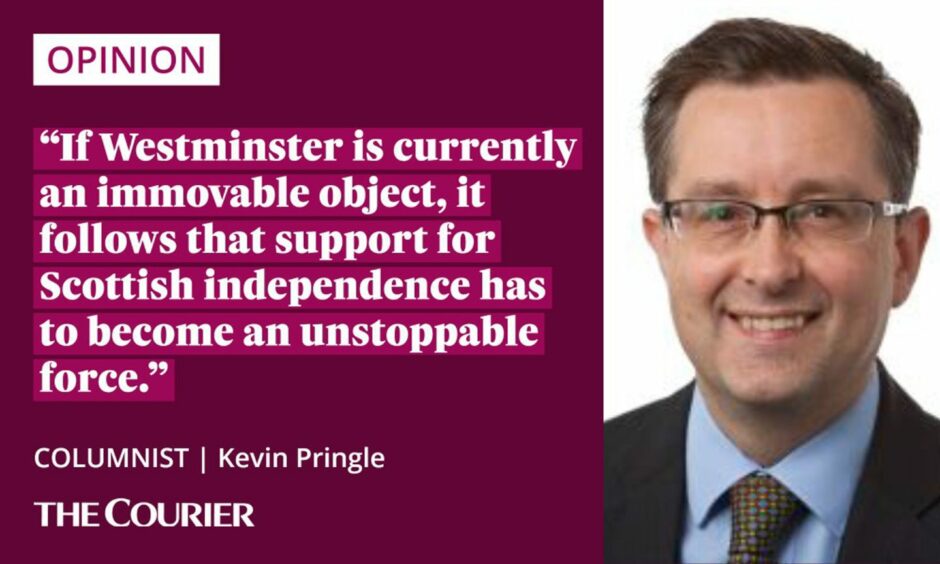
Little did we suspect that Britain would develop its own showbiz version, I’m a Celebrity…Get Me Out of Here, featuring the likes of Matt Hancock, a former UK Cabinet minister.
To paraphrase Oscar Wilde, we now have the unspeakable actually consuming the uneatable.
Such is progress.
And it may say a lot about the circuitous (a nicer word than “strange”) way my brain works, but it was this mercifully defunct Japanese programme I thought of after watching last week’s live proceedings of the UK Supreme Court, in which the Scottish Government’s plan to legislate for an independence referendum was struck down.
Readers who didn’t see it may be reassured to know that the mental connection I made wasn’t based on any odious physical tasks the eminent justices were having to do.
In fact, if we’re comparing the Supreme Court to old telly programmes, it was more like a pointy-headed version of that long-gone daytime drama, Crown Court.
Scottish independence campaign will succeed, given time and effort
No, the reason I thought of Endurance was because of the name.
The word.
With the judgment that the Scottish Parliament does not have the power to hold a referendum on independence next year (or any year), the constitutional debate in Scotland has become a contest of endurance.
Independence can be achieved, and in my view one day will be.
But an independent Scotland back in the EU will only happen by building up sustained support, so that it becomes the democratic desire of the majority of people who live here.
That is, after all, how we won a Scottish Parliament in the 1990s.
And stepping up the pressure on the constitution has ensured that its powers have grown at various stages since.
History tells us that self-government for Scotland, of whatever form, takes time and effort.
It requires the ability to endure.
That may be an unpalatable message in a culture that worships the false god of instant gratification.
But no number of hashtags on social media can substitute for the hard slog necessary to achieve such a fundamental aim as the dissolution of the Anglo-Scottish union.
And for that to happen, minds must be changed.
Brexit changed the game for Scottish independence campaign
In that sense, rather than being overly bothered about what Supreme Court judges conclude about Scotland’s right to self-determination, independence advocates need to be far more concerned about what their friends and family, their neighbours and workmates, think.
Considered from the long view, there are two remarkable features about the politics of Scotland’s constitution.
Brexit broke the UK that most Scots voted for in 2014, thus reviving the independence campaign far more quickly than I, for one, thought possible
The first is that independence now has the backing of about half the electorate.
Those on the Yes side who moan that support hasn’t grown more since 2014 ignore the significance of it consistently being at historically high levels.
Second is the speed with which independence came back as a dominating issue after the last referendum.
That is explained by the Brexit vote in 2016 and the deepening mess the UK has got into since.
Endurance is key to playing the long game
Pro-Union politicians who complain that Nicola Sturgeon started seeking another referendum as soon as the last one was over are factually wrong and missing the point.
In the 2015 general election, when the SNP won 56 of Scotland’s 59 seats, the party’s manifesto was clear that independence was “not what this election is about”.
That was the correct position to take. Because unless circumstances changed drastically it was inconceivable that people would vote for a re-run after so short a time.
Brexit broke the UK that most Scots voted for in 2014, thus reviving the independence campaign far more quickly than I, for one, thought possible.
The proof of that is the Scottish electorate returning a majority of pro-independence parliamentarians with a mandate for a referendum, that now can’t happen because the UK government refuses to play ball.
🚨We need democracy in this country.
⛔️Today we have seen the end of the voluntary Union as we know it.
🏴🗳️We will not give up on democracy, and the people will have their say.#ScottishIndependence #Indyref2 pic.twitter.com/lZCLkYVepT
— Angus Robertson (@AngusRobertson) November 23, 2022
The critics on Ms Sturgeon’s own side should get off her back, because different tactics wouldn’t make this underlying problem any easier.
If Westminster is currently an immovable object, it follows that support for Scottish independence has to become an unstoppable force.
Whatever the science of such a phenomenon, the politics is that there will come a moment when either this prime minister or another one has to budge.
Scotland’s future isn’t a game, but it is about endurance.
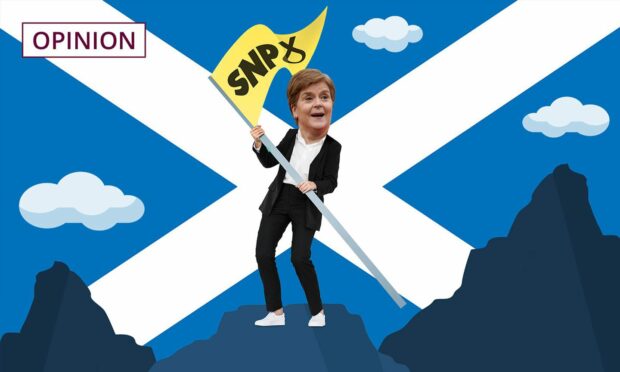
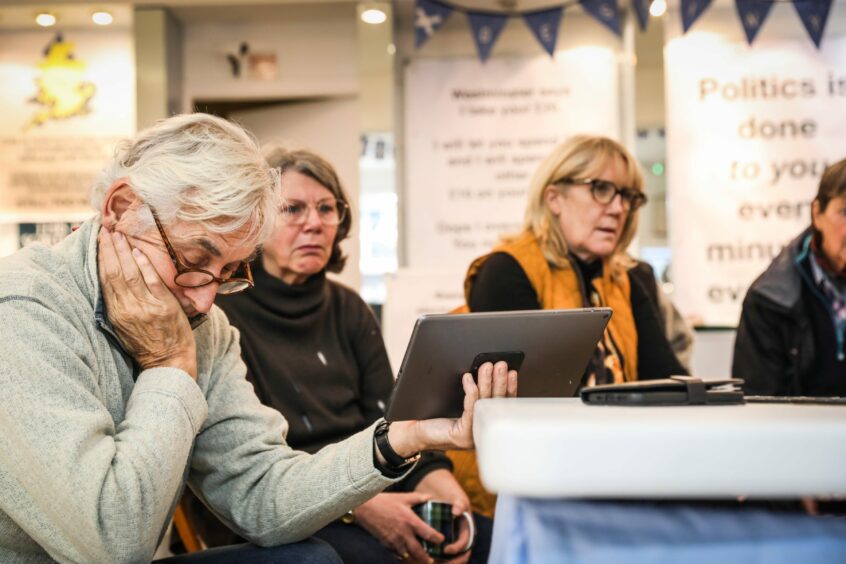
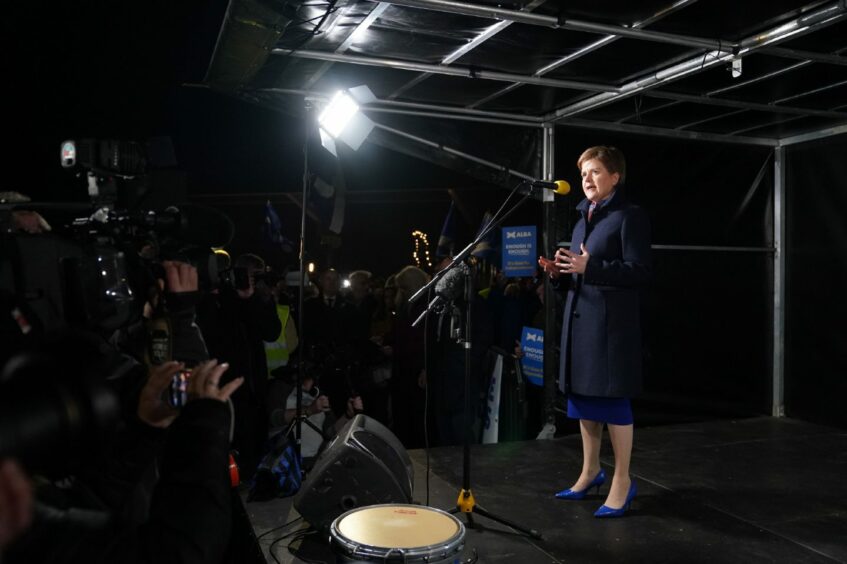
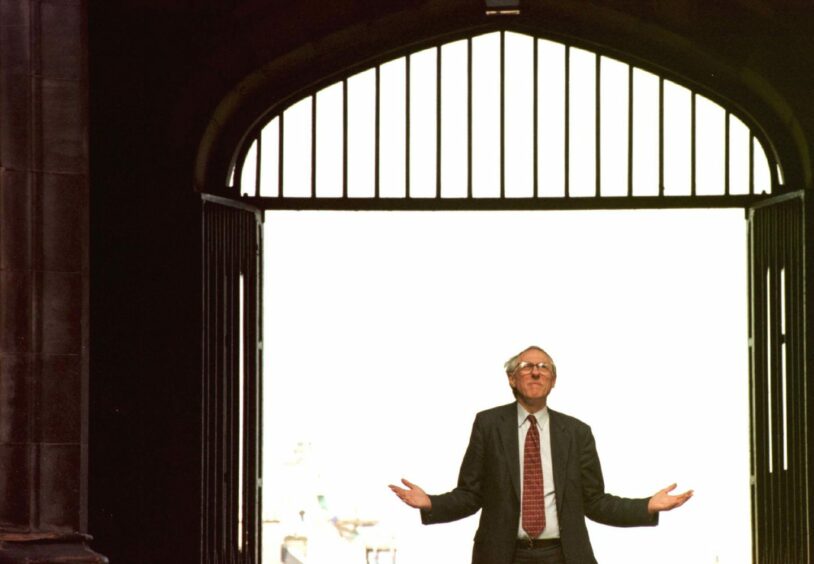
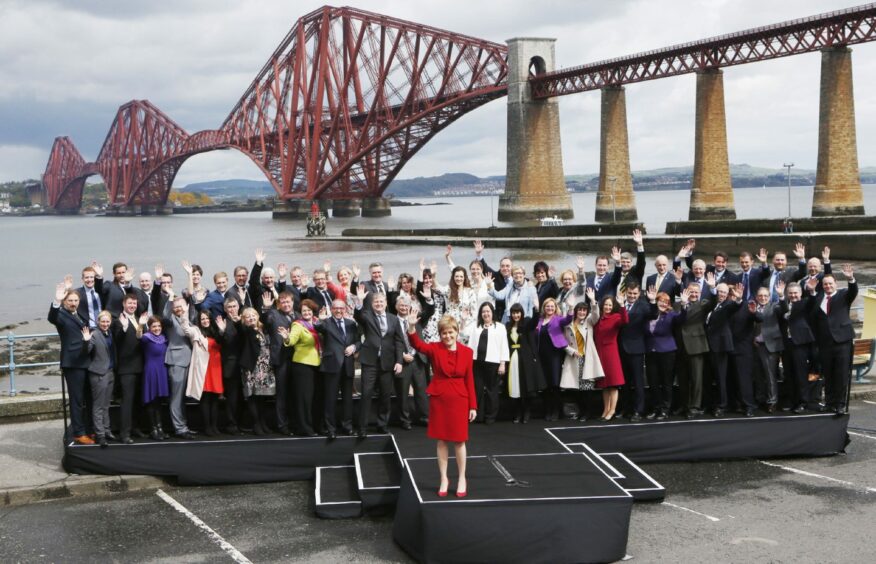









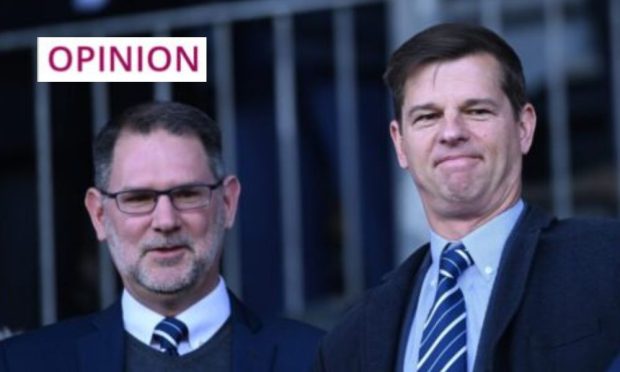
Conversation